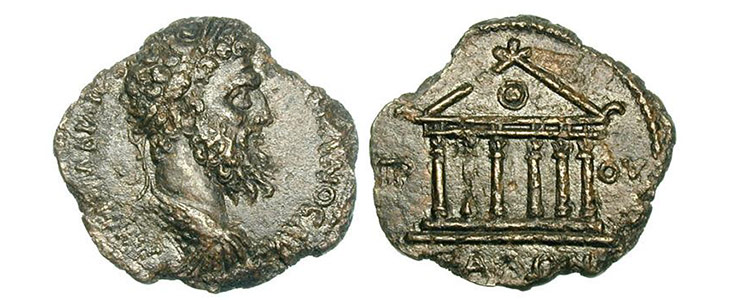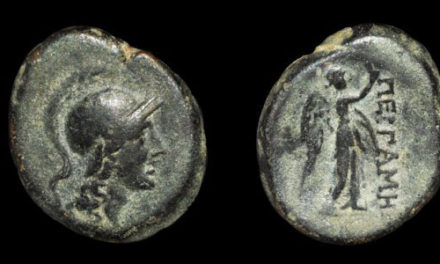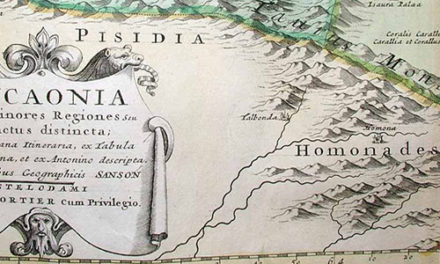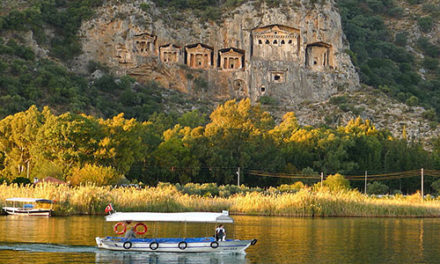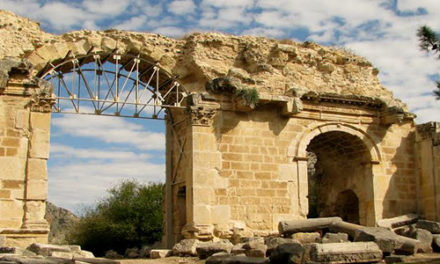Bithynia (Βιθυνία)
Location. Northern Anatolia
State existed: 297-74 BC
Nation. Bithyni, Thyni, Greeks
Historical capitals. Nicomedia, Nicaea
Roman province BithyniaA mountainous region, with heavy forests and fertile valleys, Bithynia acquired its name from the Bithyni, a tribe that had emigrated from Thrace. The country was conquered by Croesus, king of Lydia, in 560 BC and, after the subjugation of Lydia by the Persians four years later; it became a dominion of Persia. In 334 BC Alexander the Great occupied Bithynia. After his death in 323 BC, the country was nominally ruled for a period by Antigonus I, one of the Macedonian generals who partitioned Alexander’s empire. About 316 BC Antigonus founded Nicaea (now Iznik), later a chief city of Bithynia. Led by a native prince, Ziboetes, the Bithynians regained their independence early in the 3rd century BC.
The first dynasty of Bithynian kings was established by Ziboetes’s son Nicomedes I (reigned 278-250 BC), who founded Nicomedia (now Izmit) in 264 BC and made it his capital. Bithynia flourished under the succeeding kings of the dynasty, notably Prusias I (reigned 237-192 BC); Prusias II (r. 192-148 BC), who founded Prusia (now Bursa); Nicomedes II (r. 142-91 BC); and Nicomedes III (r. 91-74 BC). In 74 BC Nicomedes III, a close ally of the Romans, bequeathed the kingdom to Rome. It was then united with the Roman province of Pontus for administrative purposes. Later, under Byzantine rule, the territory of Bithynia was restricted to an area west of the Sangarius River (now Sakarya River). It formed a province in the Diocese of Pontus. In AD 1298 Bithynia was overrun by the Seljuk Turks under Osman, and thereafter the region formed an integral part of the Ottoman Empire. Bithynia is now part of Turkey.

